Do Cats Dream? Exploring the Mysterious World of Feline Sleep
As any cat owner can attest, felines spend an extraordinary amount of time sleeping - up to 16 hours a day for adult cats. But what goes on behind those twitching whiskers and gently paddling paws? Scientific evidence suggests that cats do indeed dream, and their dream world might be more fascinating than we ever imagined.
Researchers studying mammalian sleep patterns have found that cats experience sleep cycles remarkably similar to humans, including both REM (rapid eye movement) and non-REM sleep stages. During REM sleep - the phase most associated with vivid dreaming in humans - cats display physical signs that strongly suggest they're immersed in dream experiences. Their eyes dart beneath closed lids, their whiskers twitch, and their paws sometimes make running motions as if chasing invisible prey.
The pioneering work of sleep researcher Michel Jouvet in the 1960s provided crucial insights into feline dreaming. By temporarily disabling a cat's brain mechanism that prevents physical movement during dreams (called atonia), Jouvet observed cats exhibiting complex behaviors while technically asleep - stalking, pouncing, and even showing fear responses. These experiments strongly indicated that cats were acting out dream scenarios, with their brains creating vivid simulations of real-world experiences.
What might cats dream about? While we can't ask them directly, animal behaviorists and neuroscientists have developed compelling theories based on observed behaviors during sleep and waking hours. The content of feline dreams likely revolves around their daily experiences and instinctual behaviors. A cat that spends its day hunting bugs or birds may replay these sequences in dream form, complete with the associated movements and adrenaline responses. House cats might dream about their human companions, favorite toys, or even that particularly delicious meal they enjoyed earlier.
Kittens appear to dream more frequently than adult cats, which aligns with what we know about human developmental patterns. Just as human babies experience more REM sleep to process new information and develop neural pathways, young cats likely use dreaming to reinforce motor skills and hunting techniques. This might explain why sleeping kittens often show more pronounced physical movements - they're essentially practicing survival skills in their sleep.
Interestingly, some cats seem to experience nightmares. Observers have reported cats waking suddenly from sleep appearing frightened or disoriented, sometimes lashing out defensively before fully awakening. These episodes suggest that not all feline dreams are pleasant, and cats may sometimes relive stressful or frightening experiences during sleep, much like humans do.
The emotional content of cat dreams remains a subject of speculation, but there are heartwarming anecdotes that suggest positive dream experiences. Many owners report their cats purring in their sleep, or waking up and immediately seeking affection - behaviors that might indicate pleasant dream content. Some cats even appear to "continue" their dreams after waking, looking around expectantly for whatever or whoever appeared in their dream.
While we may never know exactly what images fill our cats' sleeping minds, the evidence clearly points to a rich inner life during those many hours of slumber. From practicing hunting skills to processing daily experiences, feline dreams likely serve important cognitive and emotional functions. The next time you see your cat's paws twitching in sleep, consider that they might be chasing dream mice or scaling imaginary furniture - proof that even in repose, the feline mind remains wonderfully active.

By /Jun 28, 2025

By /Jun 28, 2025

By /Jun 28, 2025

By /Jun 28, 2025
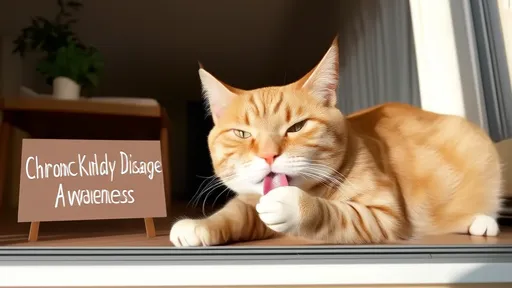
By /Jun 12, 2025
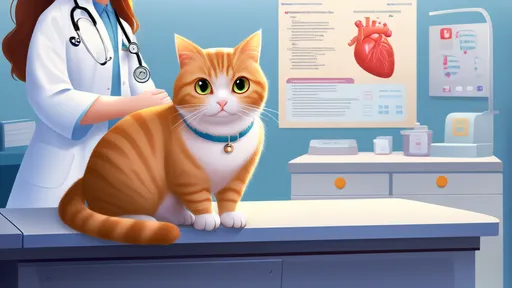
By /Jun 12, 2025
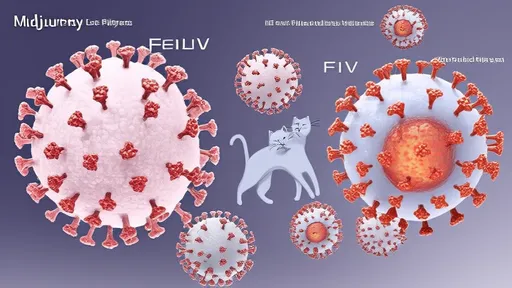
By /Jun 12, 2025
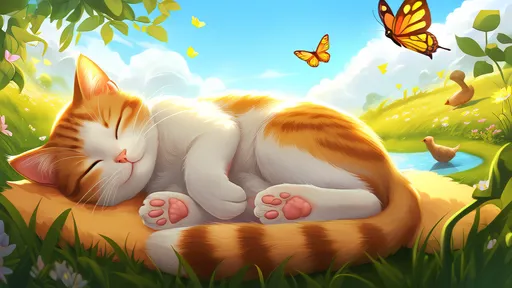
By /Jun 12, 2025

By /Jun 12, 2025
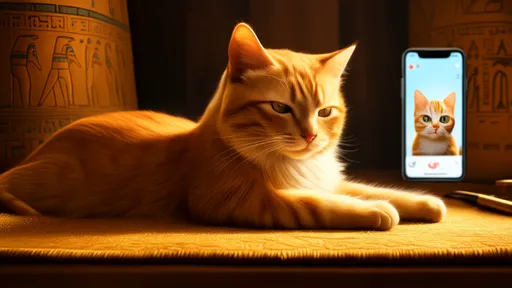
By /Jun 12, 2025
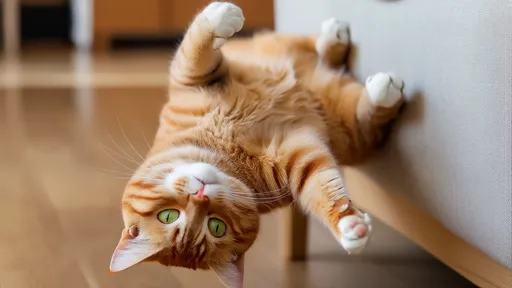
By /Jun 12, 2025
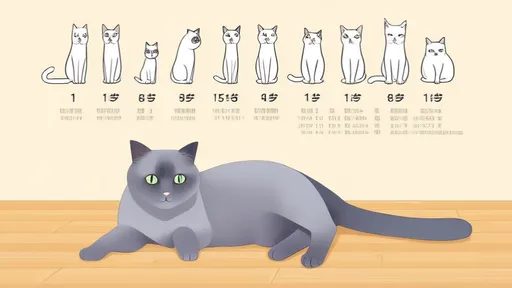
By /Jun 12, 2025
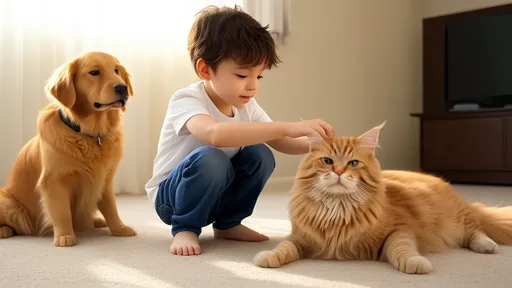
By /Jun 12, 2025
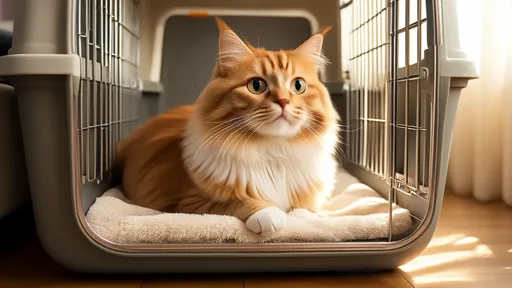
By /Jun 12, 2025

By /Jun 12, 2025
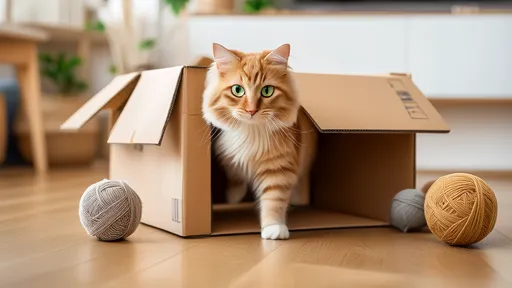
By /Jun 12, 2025
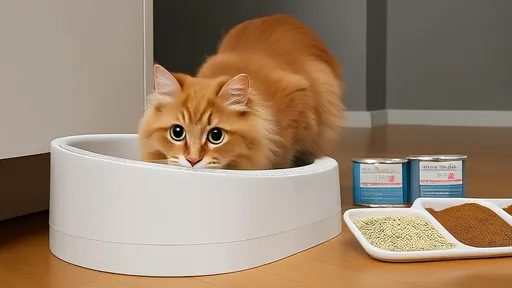
By /Jun 12, 2025